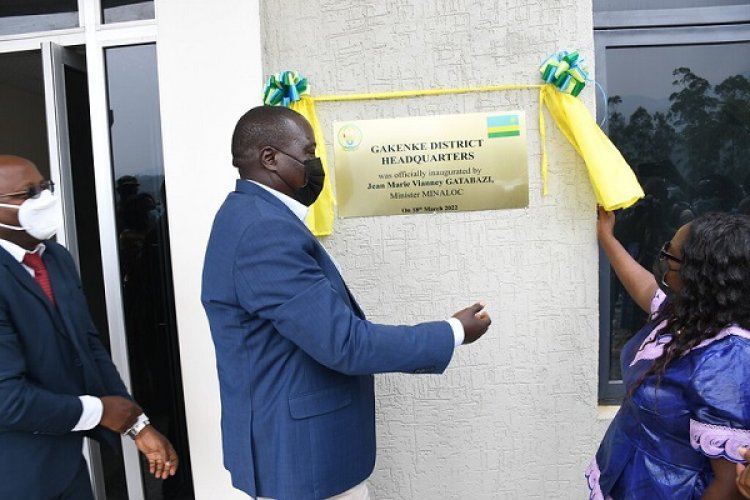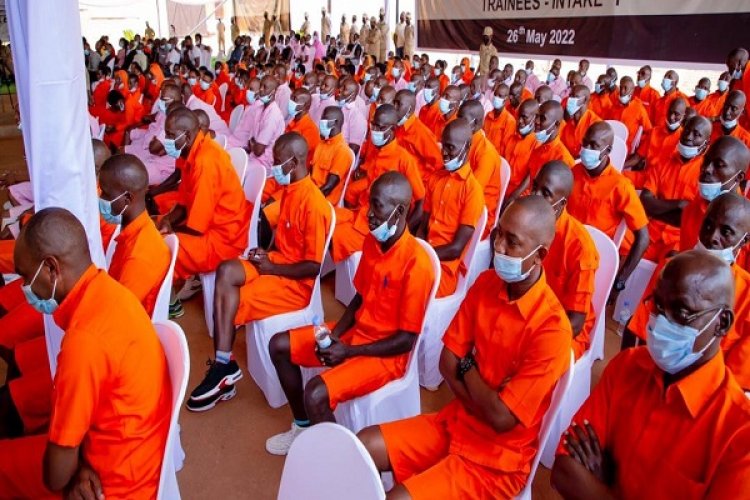Taxpayers will pour billions of francs into meeting the cost of additional pay for teachers to enable government to tackle high turnover rates and loss of experienced tutors, which have been blamed for weighing down education quality.
Details show that despite gradual pay rise and bonuses in the past, those in the teaching profession remain least paid public servants taking home almost two to three times lower wages than peers with similar qualifications.
This left recruiters struggling to attract and retain skilled personnel in the teaching career even as both the pandemic and rising cost of living forced experienced educators to quit for greener pastures elsewhere.
However, under the changes announced by Rwanda’s Prime Minister Edouard Ngirente in Parliament Monday, government hopes to reverse this trend after raising wages by 88 per cent and 40 per cent for primary and secondary level teachers respectively, effective this month.
SACCO liquidity
Government is also moving to pump more liquidity into the Teachers’ Savings and Credit Cooperative — Umwalimu Sacco – to the tune of Rwf5 billion in a bid to boost members’ borrowing capacity and improve access to finance, Ngirente told lawmakers.
“Teachers are going to be stable, that’s our hope with this government decision. It will effectively address high turnover rates. And then we shall expedite the recruitment process to ensure teaching positions are filled without delay to minimize effect on learning,” Ngirente said.
In total, more than 98,670 teachers in public and government-aided general education and technical and vocational education training (TVET) schools are expected to get their pay increment at the end of August.
It was not immediately established how much the spending plan will absorb from the treasury.
But details, which officials say have already been approved by the recent cabinet meeting, show that at least 68,207 A-level teachers will get 88 per cent wage rise of their net starting salary of Rwf50,849.
Another 29,761 teachers who are A1 and A0 degree holders will get their pay increased by 40 per cent of net starting salary of Rwf54,916 and Rwf70,195 respectively at the end of the month.
Recruitment costs
It has emerged that despite constant spending in plugging teachers’ shortage that kept widening with the expansion of school infrastructure since 2020, the sector continued to grapple with one of the highest turnover rates at the same time.
Statistics shared by Mr. Ngirente show that the profession loses at least 1,000 teachers each month, which see government spending Rwf300 million each term – equivalent of Rwf1.2 billion each year to fill vacant posts, on top of spending on recurrent recruitments.
Teachers from Zimbabwe
Government announced that plans to hire teachers from Zimbabwe under bilateral arrangement were underway with more than 237 teachers from the country expected to come in at any time.
Ngirente said they will be deployed to teachers training colleges (TTCs) and tertiary colleges of education to train future teachers with a focus on the usage of English language.










